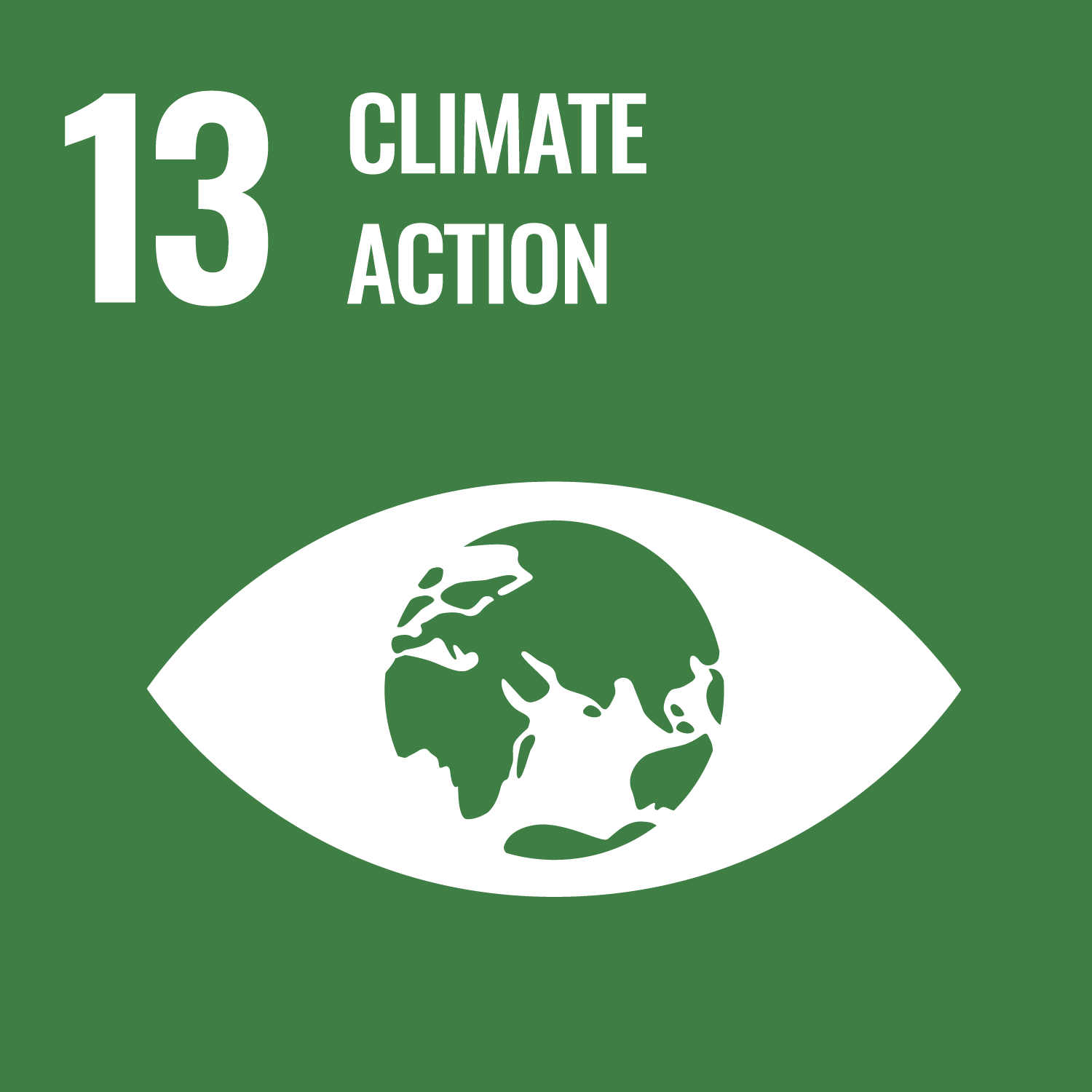ORCID
- Katrin Schmidt: 0000-0002-6488-623X
- Simon T. Belt: 0000-0002-1570-2924
Abstract
Microalgae are the main source of the omega‐3 fatty acids eicosapentaenoic acid (EPA) and docosahexaenoic acid (DHA), essential for the healthy development of most marine and terrestrial fauna including humans. Inverse correlations of algal EPA and DHA proportions (% of total fatty acids) with temperature have led to suggestions of a warming‐induced decline in the global production of these biomolecules and an enhanced importance of high latitude organisms for their provision. The cold Arctic Ocean is a potential hotspot of EPA and DHA production, but consequences of global warming are unknown. Here, we combine a full‐seasonal EPA and DHA dataset from the Central Arctic Ocean (CAO), with results from 13 previous field studies and 32 cultured algal strains to examine five potential climate change effects; ice algae loss, community shifts, increase in light, nutrients, and temperature. The algal EPA and DHA proportions were lower in the ice‐covered CAO than in warmer peripheral shelf seas, which indicates that the paradigm of an inverse correlation of EPA and DHA proportions with temperature may not hold in the Arctic. We found no systematic differences in the summed EPA and DHA proportions of sea ice versus pelagic algae, and in diatoms versus non‐diatoms. Overall, the algal EPA and DHA proportions varied up to four‐fold seasonally and 10‐fold regionally, pointing to strong light and nutrient limitations in the CAO. Where these limitations ease in a warming Arctic, EPA and DHA proportions are likely to increase alongside increasing primary production, with nutritional benefits for a non‐ice‐associated food web.
DOI Link
Publication Date
2024-01-01
Publication Title
Global Change Biology
Volume
30
Issue
1
ISSN
1354-1013
Acceptance Date
2023-11-14
Deposit Date
2024-01-24
Embargo Period
2024-01-27
Funding
‘MOSAiC’ data presented in this manuscript were produced as part of the international Multidisciplinary drifting Observatory for the Study of the Arctic Climate (MOSAiC) with the tag MOSAiC20192020 and the Project_ID: AWI_PS122_00. We thank all those involved in the expedition of the RV Polarstern during MOSAiC in 2019–2020 (AWI_PS122_00) as listed in Nixdorf et al. (2021). We thank Robert Rember, Laura Heitmann and Kai-Uwe Ludwichowski for their help with the nutrient analysis onboard and at the AWI Nutrient Facility, and Adam Ulfsbo for secondary quality control of nutrient data. We thank Ian Probert and the Roscoff Culture Collection team for growing the flagellate strains. Laura Heitmann helped with the Melosira arctica experiments. Jessie Creamean, Jeff Bowmann, Laura Heitmann, Emilia Chaimberlain and Anja Terbrüggen are acknowledged for their support with the chl a measurements. Martina Vortkamp, Lena Eggers, Anja Nicolaus and Lucy Stephenson are curating the associated MOSAiC samples and metadata. Suzanne Budge kindly provided unpublished data from the Beaufort Sea, May 2002. Three anonymous reviewers provided constructive comments that improved the manuscript. KS, AA and STB were funded through the UK Natural Environment Research Council's (NERC) contribution to MOSAiC, the SYM‐PEL project (NE/S002502/1). Additional funding for nutrient observations was provided by the NERC‐BMBF‐PEANUTS‐project (Grant No. 03F0804A). The sea ice nutrient analysis was supported by NSF (OPP‐1735862). PA was supported through the Alfred‐Wegner‐Institute's internal project AWI_ROV, the Diatom‐ARCTIC project (NE/R012849/1; BMBF Grant 03F0810A) as part of the Changing Arctic Ocean program, jointly funded by the UKRI Natural Environment Research Council (NERC) and the German Federal Ministry of Education and Research (BMBF) and the BMBF MOSAiC‐IceScan project (BMBF Grant 03F0916A). CR‐M was funded by the NERC National Capability Services and Facilities Programme (NE/R017050/1). DK was funded by the Research Council of Norway through the project The Nansen Legacy (RCN # 276730).
Additional Links
Keywords
Bering Sea, Central Arctic Ocean, DHA, EPA, MOSAiC expedition, Melosira arctica, ice algae, light, nutrients, temperature
Recommended Citation
Schmidt, K., Graeve, M., Hoppe, C., Torres‐Valdes, S., Welteke, N., Whitmore, L., Anhaus, P., Atkinson, A., Belt, S., Brenneis, T., Campbell, R., Castellani, G., Copeman, L., Flores, H., Fong, A., Hildebrandt, N., Kohlbach, D., Nielsen, J., Parrish, C., Rad‐Menéndez, C., Rokitta, S., Tippenhauer, S., & Zhuang, Y. (2024) 'Essential omega‐3 fatty acids are depleted in sea ice and pelagic algae of the Central Arctic Ocean', Global Change Biology, 30(1). Available at: 10.1111/gcb.17090


